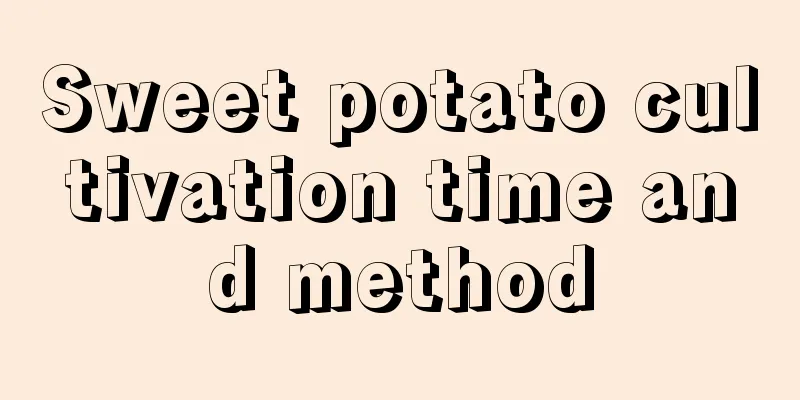There are so many states of succulents, which one do you like?

Suffication(Author: Colorful Source: Sina Blog) Aggies refer to the formation of multiple growth points at the top of succulents after being stimulated. The tops of these growth points can be connected into a line, and finally form a fan or cockscomb shape. It is different from the multiple heads of succulents. The heads of multiple heads are irregularly facing different directions, but the suffused heads are regular. (Author: Colorful Yunnan-flavored Succulents Source: Sina Blog) Variegation method: Although variegation is very beautiful, the factors that cause it to mutate are very uncontrollable. Temperature, watering, climate change, radiation, drugs, etc. may all cause it to variegate. According to some flower lovers, if you choose larger and healthier leaves for leaf cuttings, the rate of variegation will be higher. Out of the brocadeThe so-called variegation actually refers to the color variation of succulents, with white, yellow, red and other colors appearing on the stems and leaves, or spots of these colors (i.e. variegated spots). For example, the lotus palm in the picture above appears yellow, which means it is a brocade. Variegation is different from status. Variegation means that succulents show their original colors under the influence of sunlight, water and other factors, such as Black Prince turning from green to black, Yellow Beauty turning from green to yellow, and Red Lotus turning from red. Chujin is a color variation. Method of producing brocade: Brocade, like ornamentation, is a genetic mutation that can only be encountered by chance. Currently, the most effective method is to propagate branches with variegated leaves. The variegation needs to spread to the buds before it is possible to propagate offspring with variegated leaves. If flower lovers find that the variegated thread of succulents has reached the eye, they can use artificial methods to purify it: cut off the growth points other than the variegated thread, so that the nutrients are concentrated on the leaves with variegated thread. Before long, side buds with variegated thread will sprout from the eye of the variegated leaves. GroupA cluster plant is a succulent plant with many heads growing on it. When the many heads grow up, it becomes a cluster plant. Group method: 1. Varieties such as Jingye, Zichilianhua, White Mudan, and Jilongyue like to produce young, and they can grow in groups as long as they have enough water and sunlight. 2. Beheading: After beheading and grafting of succulents, do not throw away the original branches, as more heads will grow on the original branches. 3. Leaf cuttings: Some succulents can grow multiple heads when propagated by leaf cuttings, but this is a certain ratio, and not every leaf can grow multiple heads. Old pileAfter growing for many years, the lower stems of succulent plants have become woody and formed old stumps. Old pile method: 1. Normal succulent plants may form old piles after growing for 2 or 3 years. 2. You can keep the succulents out of the sun for the time being. After they have grown to a certain extent, remove the leaves at the bottom, water them less, and expose them to more sunlight. Old stumps may appear in about a year, but Huahua thinks this is not as beautiful as naturally formed old stumps. excessive growthWhen succulents lack light and have too much water, their leaves turn green, the distance between the leaves becomes longer, and they grow into a tall and thin appearance, which is called leggy growth. Solution: Most succulents that have grown too long do not look very good. They should be exposed to the sun in time, watering should be reduced, or the top of the succulent should be cut off to allow it to reroot. |
<<: Several ways to grow succulents, try them all
>>: Did you know that these small objects can be used as flower pots?
Recommend
How to grow cactus in autumn
1. Ensure lighting Cactus originally grows in tro...
Is cactus suitable for a large or small pot?
Should I use a large or small pot for a cactus? T...
What to do after hyacinth is pinched by arrows
reason Low temperature Hyacinths generally need t...
The efficacy and effects of Artemisia argyi
1. Reduce swelling and relieve pain Artemisia has...
How to grow peony in summer
1. Reasonable shading Although peonies like sunli...
How to grow roots of desert rose
Desert Rose Life Features: Desert rose must have ...
How long does it take for Eustoma cuttings to take root?
Rooting time of Eustoma cuttings There is general...
How to grow jade plant so that it blooms more vigorously?
Jade plant, a succulent plant belonging to the Cr...
How to prune potted lucky bamboo? How to prune lucky bamboo leaves to make them look good
Pruning time of potted lucky bamboo There is gene...
What to do if passion fruit is watered too much
1. Remove from the basin The first thing to do af...
When is the best time to repot the dragon blood tree?
Time to repot dragon blood tree The Dracaena need...
Camellia varieties
1. Super Southern Warrior It has deep red flowers...
What are the precautions for the methods and steps of hydroponic carrots?
The method of hydroponic carrots is relatively si...
Can cucumbers be grown in pots?
Can cucumbers be planted in flower pots? Cucumber...
Diseases and Pests of Digitalis and Their Control
Diseases of Digitalis Stem rot Stem rot is a comm...









